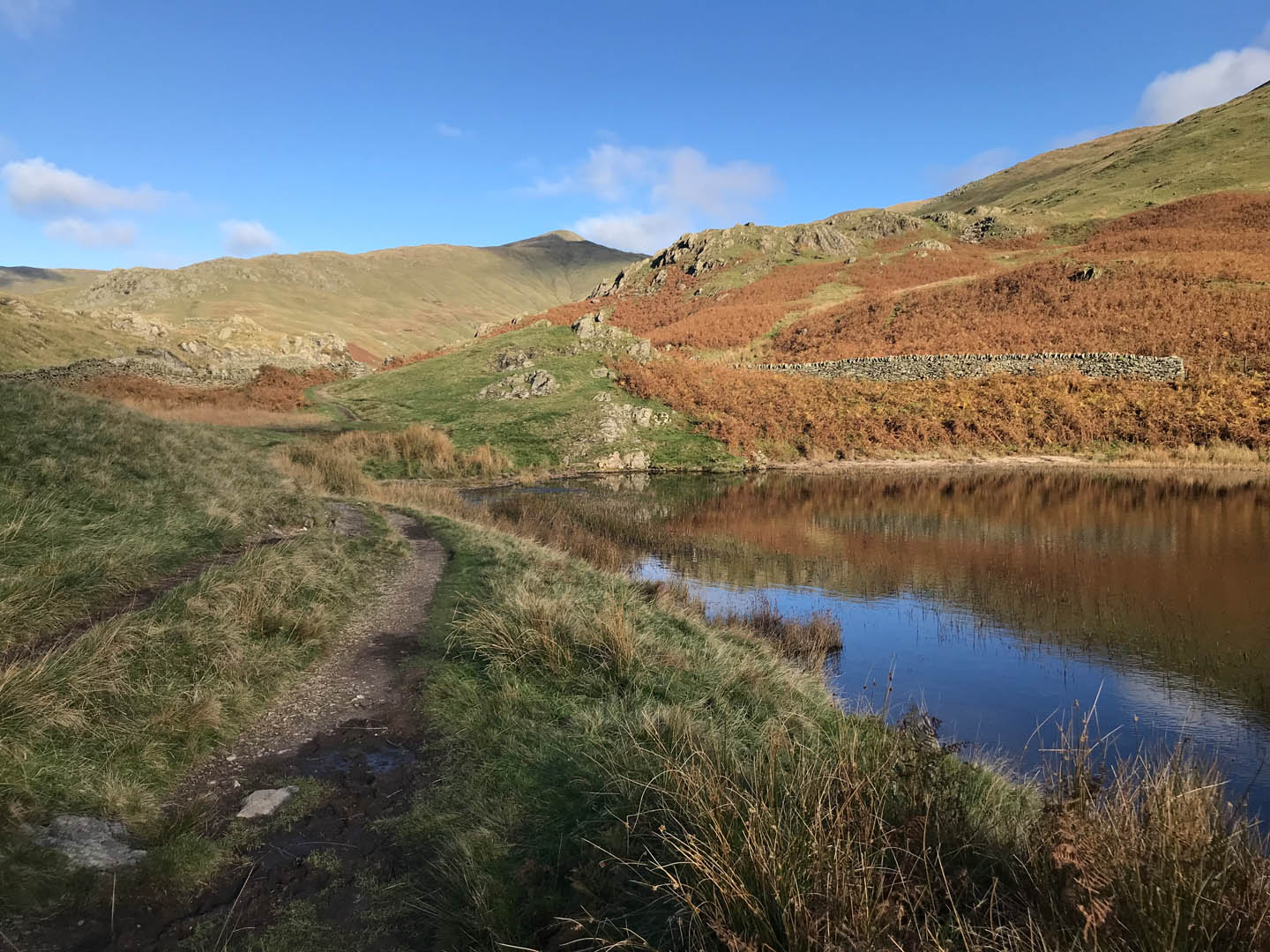What is too little or too much?
It is often said that the UK is blessed when it comes to water. The challenge of course is when we see too little, or too much – and the climate emergency is set to increase the frequency of both.
With hosepipe bans in place across the UK in the summer of 2022, we consider the need for action now to increase water storage and transfer schemes, to integrate and more closely align flood risk and water resource management planning, so we are better prepared for future challenges arising from climate change.
A changing climate
Summer temperatures are set to be up to 7.4C hotter by 2050, and winter rainfall up to 59% higher. The likelihood of more severe and frequent droughts and floods presents an ever-greater challenge and urgent action is needed now to prepare and adapt, to be ready to respond to these more extreme events.
Weather patterns over recent years serve to confirm these predictions. After a dry spring, followed by very little rain and record high temperatures during July, it came as no surprise that we witnessed headlines pronouncing that the UK could face an official drought in August.
Some might ask how we can lurch from floods to drought after such a short period of below-average rainfall? They could legitimately feel that our water resource planning should surely be more robust, to see us through a few dry months.
Urgent action
We need to prepare and take urgent action to adapt to hotter, drier summers now, with the prospect of more frequent water shortages. To complement measures such as short-term restrictions, essential use measures and hoping for more rain, we need integrated water management plans and action on the ground now to improve our longer-term resilience.
The Environment Agency’s National Flood and Coastal Erosion Risk Management Strategy for England advocates a more integrated, catchment-led approach to flood risk and water resource management, to improve resilience to both floods and droughts.
The recently published Environment Agency FCERM Strategy Roadmap to 2026 continues this theme, with ambitions to create climate resilient places better prepared for the impacts of climate change. Such ambitions help to break down any discipline silos and more effectively achieve closer and integrated water management.
Working together
Water companies and other risk management authorities working together to manage water in a more integrated way can help identify practical ways in which flood and coastal investments can also contribute to wider priorities. These can include opportunities for delivering integrated water level management, local nature recovery, carbon reductions and capturing floodwater in more reservoirs – integrated water management solutions that can help with both flood and drought resilience.
Looking to the future
As resources diminish, it is clear many of our existing water supplies will not provide as much as they do today, resulting in less water available to supply people, agriculture, support the economy and provide healthy environments for our rivers, countryside and wildlife.
The latest IPCC report presented a dire warning about the consequences of inaction. The water sources we rely upon are not only under threat from climate change; the demand from a growing population, mains leakage and reductions in abstraction needed for environmental enhancement are all creating additional burdens and challenges. Securing resilient and sustainable water supplies for the future requires continued action on managing demand and reducing leakage, alongside urgent and accelerated action now to plan and commission new reservoirs and other strategic water supplies and transfer schemes.

Investing in resilience
Four years ago the National Infrastructure Committee (NIC) highlighted how considerable new investment would have to be made in the nation’s water supplies by the 2030s. When speaking to the Observer recently, Chair of the NIC, Sir John Armitt said:
“Failure to invest now will mean, he added, that more than twice as much will have to be spent on distributing bottled water to UK residents by lorry as increasingly frequent droughts grip the nation. You have to pay for it, one way or another. That could be investing in new reservoirs or moving water around the country, as well as stopping leaks.”
The time has now come to respond to the challenge and deliver the transformation needed to adapt to a much drier future, so we are better prepared and ready to respond to and recover from the serious risks of water shortages.
Taking action now to adapt to this changing climate and securing resilient water supplies for the future will be costly. However, the cost of inaction will be much higher than the cost of actions now to prepare, adapt and secure resilient and long-term sustainable water supplies.

For more on this subject, please contact Head of Water Management, Steve Thompsett.



